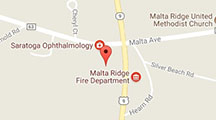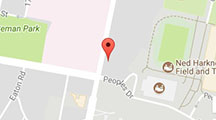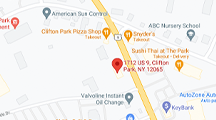Austrian investigators sought to ascertain the amount and type of waste generated by disposable materials used during cataract surgery. Source: AAO
Extra prenatal screenings may not be needed for pregnant women without diabetic retinopathy, visual impairment leaves older adults at risk of dementia, sudden visual loss is seen following anti-VEGF injections for neovascular AMD, and the optic nerve is a potential diagnostic marker for multiple sclerosis. Source: AAO
ChatGPT-4 may produce appropriate responses to retinal surgery questions, but its lack of readability suggests it is not yet ready for clinical use. Source: AAO
Some retinal hemangioblastomas (RHs) associated with von Hippel-Lindau disease have features that are atypical of the usual type of RHs seen in this patient population. Source: AAO
An analysis of IRIS Registry data reveals that lattice degeneration is a major factor linked with an increased risk of retinal detachment or retinal tear after cataract surgery. Source: AAO
High tau levels are found in the vitreous of patients with dementia, a new research center for ophthalmic AI opens in New York, and the FDA declines to approve high-dose aflibercept for diabetic macular edema. Source: AAO
Fundus autofluorescence appears to provide a similar prognostic value to electroretinogram for monitoring Stargardt disease. Source: AAO
Blood-stained tears may indicate occult malignancy of the lacrimal drainage apparatus, but only in a small number of instances. Source: AAO
According to new blood pressure definitions, worse hypertension is strongly tied to an increased risk of retinal vein occlusion (RVO), though the risk of retinal artery occlusion appears to be unaffected. Source: AAO
A dedicated, resident-centric chalazion incision and drainage clinic can be a boon to ophthalmology training, giving residents self-confidence in performing a specialized surgical procedure. Source: AAO



